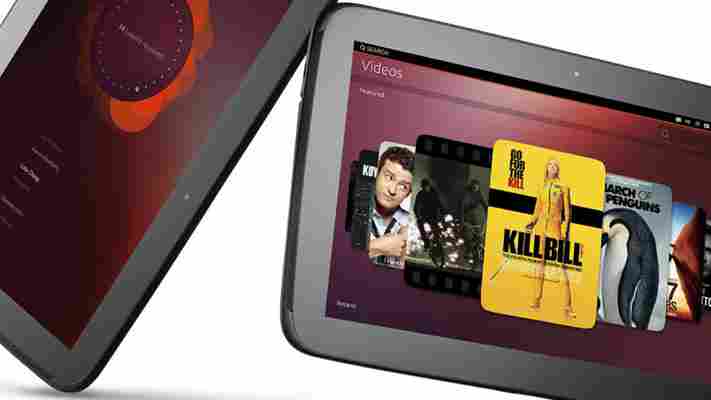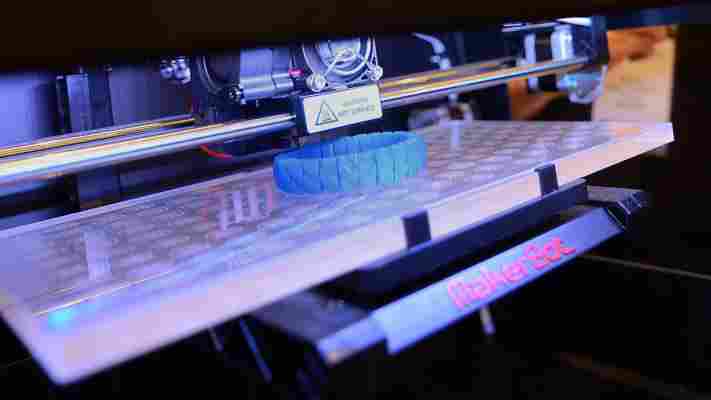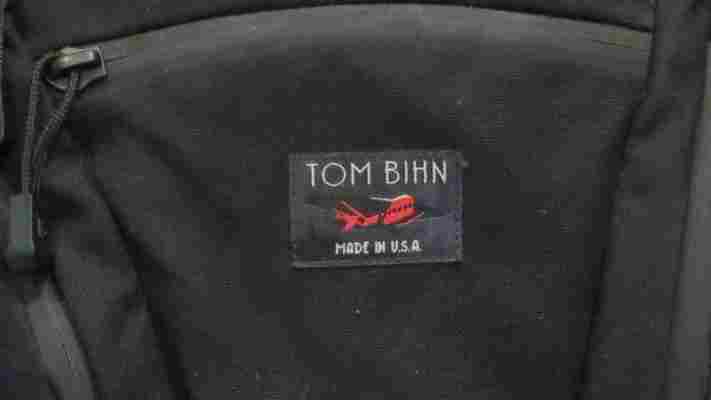Canonical has confirmed that it has now signed agreements with two hardware partners to start delivering Ubuntu-based smartphones around the world later this year.

The announcment not only confirms that the company’s aspirations for a competitive mobile OS are still alive and kicking, but also that progress has been made since its failed Indiegogo project last year. Indeed, it’s now confirmed that the first devices will come from Spanish manufacturer bq and Chinese device maker Meizu .
While these might not be household names outside of their home markets (although they are notable in Europe and China respectively), it’s still good to hear that there are firm commitments to bring devices that run Ubuntu OS to market. The announcement also dovetails in neatly with Meizu’s announcement last month that it plans to expand its reach into the US market from Q3 of this year.
While specific details of handsets weren’t revealed, Canonical did say that “development programs have begun with the partners to provide smartphones with a superior user experience on mid to high-end hardware,” so it doesn’t seem like we’ll be seeing lower-end devices, at least not to begin with. When they do arrive at an as-yet unspecified time this year, the handsets will be available to buy directly through bq, Meizu and the Ubuntuom websites.
The company wouldn’t reveal specifics of the devices, but Mark Shuttleworth, founder of Canonical and Ubuntu, hinted that the bq device will be dual-SIM, while Meizu would likely be launching a device running Ubuntu OS, but on hardware that already exists in the company’s line-up.
Naturally, Ubuntu phones aren’t likely to make it into the mainstream without getting the backing and distribution afforded by national networks and retail chains, but the company said progress is being made on that front too and that Ubuntu has received significant support from “the world’s biggest carriers, some of which intend to work with OEM partners to bring phones to market this year”. So you could be seeing them in your local retailer’s shop sooner than expected.
It has only been a year, but even so it has been a long road for Canonical to get even this far with Ubuntu for smartphones, and despite regular(-ish) updates about progress this is the first tangible confirmation of smartphone hardware that’s expected to be delivered this year – even if there isn’t an actual launch date just yet.
Despite the slog, Canonical is doing all it can to take the concept from the drawing board to reality and through things like working closely with the Carrier Advisory Group it formed in June last year, it might just have a shot at presenting a flexible, customizable OS that appeals to operators as well as consumers.
“Ubuntu introduces a new UI paradigm for mobile devices. Ubuntu puts content and services at the center of the experience, rather than hiding them behind stores and apps. This gives consumers a fresh and rich way to engage with their favorite videos, music and other mobile activities. It also means OEMs and operators have unprecedented customization opportunities with a common UI toolkit, which gives devices their own unique footprint and without fragmenting the platform,” Canonical said.
The challenge now that these first devices seem to be ‘in the bag’ will be convincing a recognizable OEM to run Ubuntu on its own smartphones. If that happens, consumers could soon begin to sit up and start paying attention.
Shuttleworth also said that the company was still planning to deliver Ubuntu on tablets too, but that it is “less of a milestone” than shipping smartphones for a company that already makes PCs. Nonetheless, there will be smartphones and tablets running the Touch OS next week at Mobile World Congress in Barcelona, so we’ll be going hands-on for a better idea of what to expect from an Ubuntu smartphone.
Dell partners with MakerBot to resell 3D printers and scanners to US businesses starting on February 20
Dell today announced a partnership with MakerBot to offer Replicator 3D printers and scanners to small and medium-sized businesses looking for faster and more affordable ways of prototyping. The products are slated to become available for purchase from Dell’s 3D printing webpage on February 20 in the US.

Dell argues that adding MakerBot 3D printers and scanners to its existing portfolio of workstations will let it offer an end-to-end 3D design solution: engineers can design and test new product concepts, architects can create 3D prototypes during the design phase, and startups can experiment with new product designs and artistic models. The deal ensures MakerBot Replicator products will be the only FDM technology sold through Dell’s small business channel in the US.
Here is the product lineup Dell plans to sell:
MakerBot Replicator 2 Desktop 3D Printer – 100-micron layer resolution and a 410-cubic-inch build volume priced at $2,199.
MakerBot Replicator 2X Experimental 3D Printer – features experimental dual extrusion optimized for printing with MakerBot ABS Filament, available for $2,799.
MakerBot Replicator Mini Compact 3D Printer – fast and easy one-touch 3D printing will be available in the spring at an anticipated price of $1,375.
MakerBot Replicator Desktop 3D Printer – provides a large build volume and fast print times to accelerate rapid prototyping and model making, available for pre-order at $2,899.
MakerBot Replicator Z18 3D Printer – massive build volume and the best price to performance ratio in its category, available in the spring of 2014 for $6,499.
MakerBot Digitizer Desktop 3D Scanner – optimized for use MakerBot Replicator Desktop 3D Printers and MakerBot Thingiverse, available at the price of $949.
Unsurprisingly, MakerBot is very pleased with the announcement. “Partnering with Dell is another step in building out the MakerBot 3D Printing Ecosystem that makes 3D printing easy and accessible for everyone,” MakerBot CEO Bre Pettis said in a statement. “Dell has done a great job with supporting and enabling small businesses, and we are excited to bring our 3D printing solutions to their customers to unlock their creativity.”
MakerBot certainly gains more exposure for its product line, while Dell can say it is helping small businesses find cost-effective alternatives to enlisting off-site or overseas prototyping facilities. If the two companies are right, a growing number of American designers and engineers will soon be designing, building, and iterating faster and cheaper with 3D printing.
Top Image Credit: Emmanuel Dunand/Getty Images
Tom Bihn’s Synapse 25 is the best (and maybe last) backpack you will ever buy
In case you’ve not noticed, I carry and test a lot of bags for TNW. I’ve been a long-time fan of Tom Bihn ‘s products, but I had not yet had the chance to give one a thorough run-through. So when the company offered me the opportunity to live and work with its new Synapse 25 backpack, I jumped. What I’ve found is that, even though Tom Bihn bags carry a hefty price tag, they’re worth every penny. Read on.

The first thing that you need to know about the Synapse 25 is that it’s a larger version of the company’s already-popular Synapse 19 . It’s designed to give 30 percent more volume than the 19, and Tom Bihn’s design brilliance is in the forefront at every turn.
My review bag came loaded out. Tom Bihn included a key strap, a Guardian light, a Cache with Rails system for both my iPad Mini and MacBook Air (more on these in a minute), as well as a couple Stuff Sacks. All said, that would bring the total price to $284, from the standalone price of $170 for the Synapse 25.
The 25 is absolutely cavernous on the inside, but you’d never know it when it’s completely zipped. Tom Bihn’s design team has done a tremendous job of keeping the bag sleek, belying the amount of gear that you’ve managed to load inside of it. On one trip, I took only the 25, leaving my suitcase at home. My packing list looked like this:
3 pairs of shorts
4 t-shirts
3 pairs of boxers
3 pairs of socks
1 pair of shoes
Hygiene/shower kit
11-inch MacBook Air + charger
iPad mini + charger
iPhone + charger
Point-and-shoot camera
Blue Tiki microphone, with case
Monoprice ANC headphones
Backup battery pack
Travel mouse
Various USB cables and flash drives
1-liter steel water bottle
Suffice it to say, I travel with a lot of stuff, even for short trips. But the Synapse 25 accepted everythingng that I had and still had plenty of space left for more. Heavy? Sure. But Tom Bihn’s more vertical design of the 25 does an amazing job of stabilizing the weight of the bag, instead of having it feel like you’re going to tip backwards at any given point.
Now a bit about the Cache with Rails system that I mentioned earlier. The Cache is a 6mm-thick foam sleeve that is the perfect size for your laptop, and you can get them for tablets too. It offers generous protection of your devices, but the clips on the Rails system allow you to have a checkpoint-friendly bag where you can lay out your laptop for security screenings. If you’re going to buy the bag, pony up to get the Cache with Rails system. Not only does it make things easier to deal with, the added protection is a welcome bonus.
The other thing that you’ll want to invest in is a couple of Stuff Sacks . In the past, I’ve always had a mesh pocket inside of my backpacks that I would use to store the various cables, batteries, USB drives and what-not. The Stuff Sacks are drawstring bags that do what they say – they let you stuff your stuff inside of a sack, keeping everything in one place and organized. I used one of them for the computer and USB stuff, and then another to carry my e-cigarette batteries and accessories. Even if you don’t buy a Tom Bihn bag, get a couple of Stuff Sacks. They’re truly the best thing I’ve ever used for travel.
The Synapse 25 comes standard in a 1000d Cordura nylon, but you can order it in a 400d Dyneema ripstop material if you so choose. Tom Bihn recommends the Dyneema material for better resistance against scratches and things like pets, but I found the Cordura nylon to be highly resistant to pet hair and the usual scuffs and scratches as well. It’s a very thick, heavy-duty material and should last for longer than you’ll ever need to use it.
Of course the company also spares no details when it comes to the zippers. The rubberized outer cover protects your contents from dust and light rain, though I did not stand outside in any sort of strong storm to test it further than that.
If you’re a frequent traveler, you probably have a small collection of backpacks and such that you’ve spent a couple hundred dollars to gather. Chances are that none of them work quite as well as you want them to, because they’re often too bulky or just too small. WIth its svelte exterior, massive storage space and war-ready construction, the Synapse 25 will likely be the last backpack that you’ll ever buy. At the very least, it will out-serve and out-live anything that you’ve bought thus far.
The verdict? The Tom Bihn Synapse 25 just took my top spot as my go-to bag for just about everything.
Looking for a messenger-style bag or suitcase? We’ve got you covered there too.
